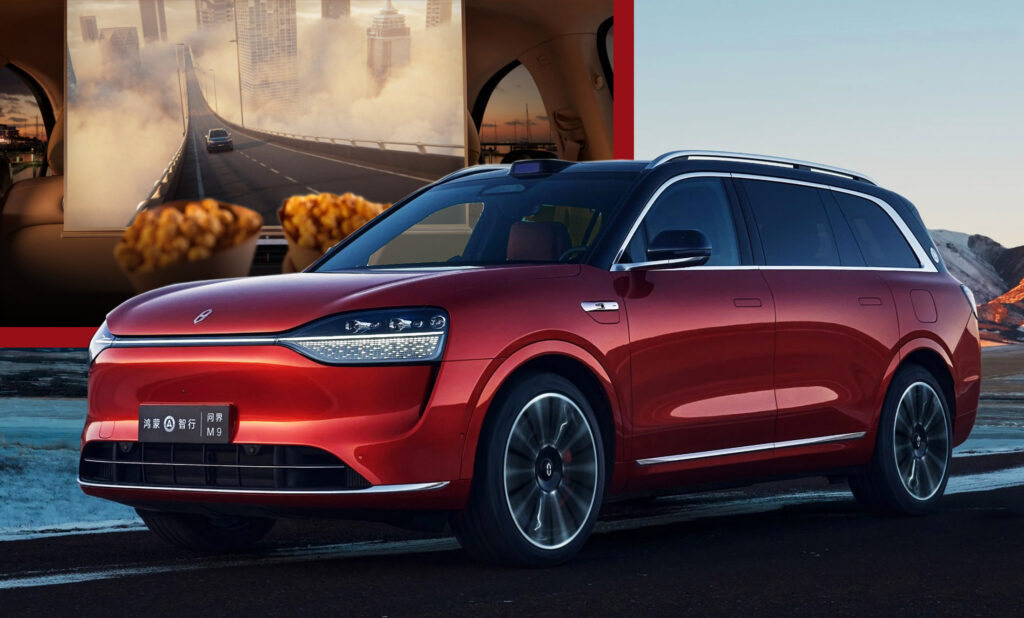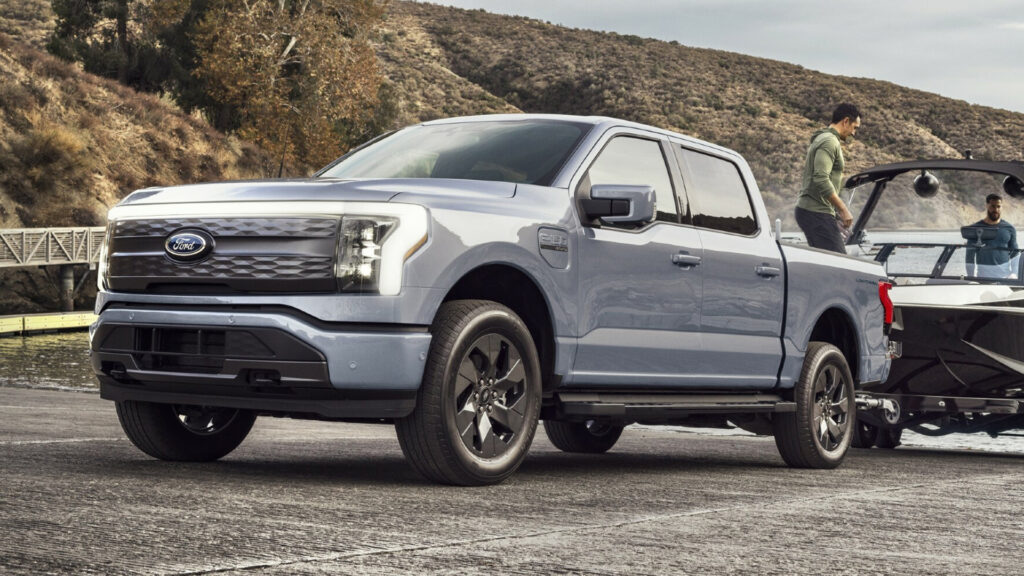New Lexus Sedan Gunning For Mercedes And BMW In Europe
- Lexus has introduced the European version of the new ES, ahead of its market launch in 2026.
- The executive sedan offers the option between two hybrid and two fully electric powertrains.
- Besides the fully redesigned exterior, the new generation improves comfort and ride quality.
The Lexus ES has never been Europe’s sedan of choice, but the Japanese brand is clearly determined to change that with the latest generation. After debuting globally at the Shanghai Auto Show in China, the ES is making its European premiere a month later, hoping to give heavy hitters like the BMW 5-Series, Mercedes E-Class, and Audi A6 a run for their money.
More: New Lexus ES Drops The Grille And Embraces Electrification
A fixture in the Lexus lineup since 1989, the ES has had a rather slow and steady European introduction, making its way into Eastern Europe in 2010 and arriving in Western Europe only in late 2018. It was seen as an indirect successor to the now-discontinued GS, though many might argue it never quite found its European groove.
New Design, New Powertrains
The eighth-generation ES comes with a complete redesign that aims to improve its appeal. The exterior is fresh and modern, with a body-colored spindle grille flanked by sharp, slimmer L-shaped headlights. Hybrid models feature a slim grille for added cooling, while the EV models take a more minimalist approach to the front end.
The profile is now more aerodynamic than before, with a smooth sloping roofline that leads to a fastback-style rear. At the back, a full-width LED bar and sharp shoulder lines give it a more aggressive stance.
In terms of size, the new ES has grown. A lot. It’s now 165 mm (about 6.5 inches) longer than the previous model, with an extra 80 mm (3.1 inches) between the axles, making for a far roomier interior.
A Tech-Filled Interior
Step inside, and Lexus has clearly worked to elevate the tech experience. The highlight is a massive 14-inch infotainment screen, marking the largest display in any Lexus model so far, and which can be customized with various shortcuts and widgets. It’s paired with a 12.3-inch digital instrument cluster. However, for Europeans, the option for a passenger display that is available in China, seems to be off the table.
More: The Tesla Model Y Has A New Rival From Toyota That’s Half The Price
Lexus also promises a quieter cabin, thanks to improved sound insulation and higher-quality materials. The interior features include illuminated panels made using a printing technique called bamboo layering, as well as synthetic leather embossing. The “Hidden Switches,” touch-sensitive controls that appear only when the car is on, are a neat trick. For audiophiles, a 17-speaker Mark Levinson Surround Sound System is available.
Comfort has been improved too thanks to the new seat design, with a higher seating position for easier ingress/egress, a reclining rear bench, and greater support for the front passengers. If you’re being chauffeured, you’ll be happy to know that the front passenger seat has a folding function that maximizes rear legroom. Finally, there is an enhanced Lexus Safety System + ADAS suite.
Hybrid And EV Options
The new ES rides on an improved version of the TNGA-K architecture, which already underpins several vehicles in the group, including the Toyota Camry and the Crown Crossover. The new generation introduces a multi-link system on the rear axle, alongside a new suspension setup and increased rigidity. According to Lexus, these upgrades result in an improved ride quality and a more composed drive.
More: Last Chance To Own A Naturally Aspirated V8 Sports Sedan Before They’re Gone For Good
When it comes to the powertrains, European buyers will have a choice between two self-charging hybrid options in FWD and AWD configurations. The base ES 300h produces 199 hp (148 kW / 201 PS), while the ES 350h is more powerful with 244 hp (182 kW / 247 PS), both relying on the same 2.5-liter four-cylinder engine.
For the first time, however, the ES is available with fully electric powertrains. The FWD-only ES 350e produces 221 hp (165 kW / 224 PS) and comes with a 77 kWh battery. The flagship ES 500e, with AWD, produces 338 hp (252 kW / 343 PS) and carries a 75 kWh battery pack. Lexus hasn’t confirmed the official WLTP range figures yet, but they expect the most efficient model to go up to 530 km (329 miles) on a single charge.
Availability
European sales of the new Lexus ES are expected to kick off in Spring 2026, with final pricing and detailed specs to be announced closer to launch. Whether this new generation can make a dent in the dominance of European luxury sedans remains to be seen, but it’s certainly taking its best shot.




















